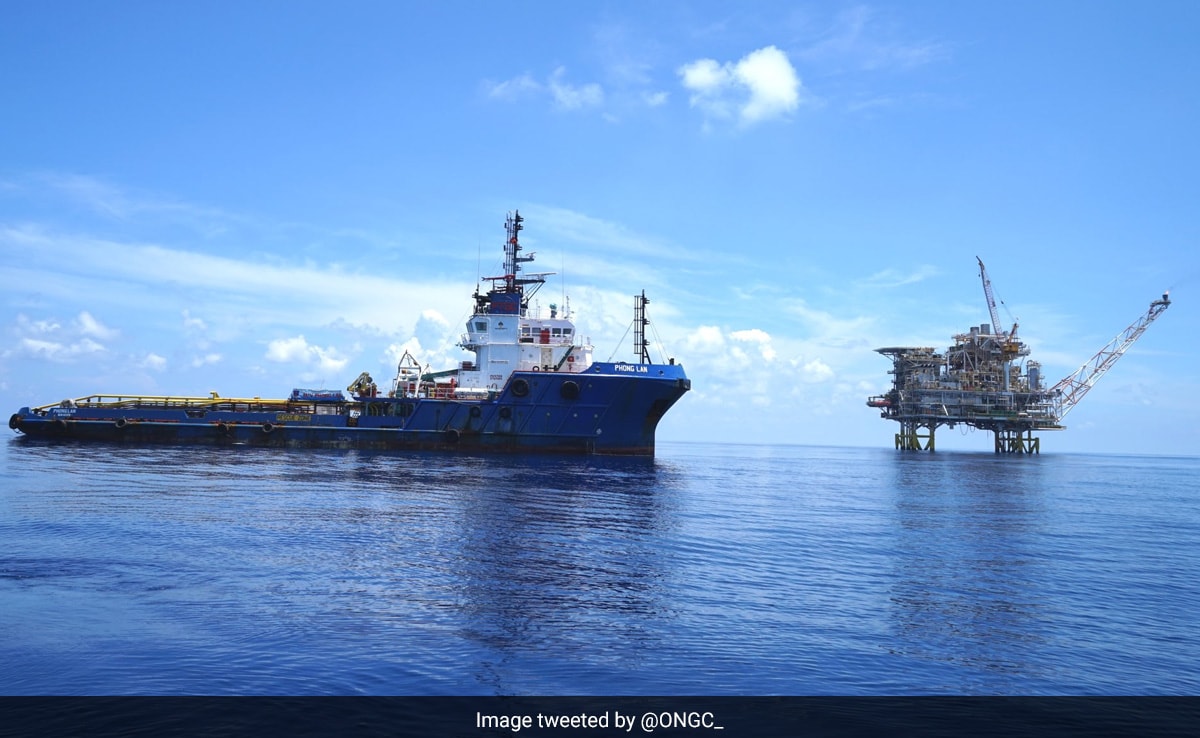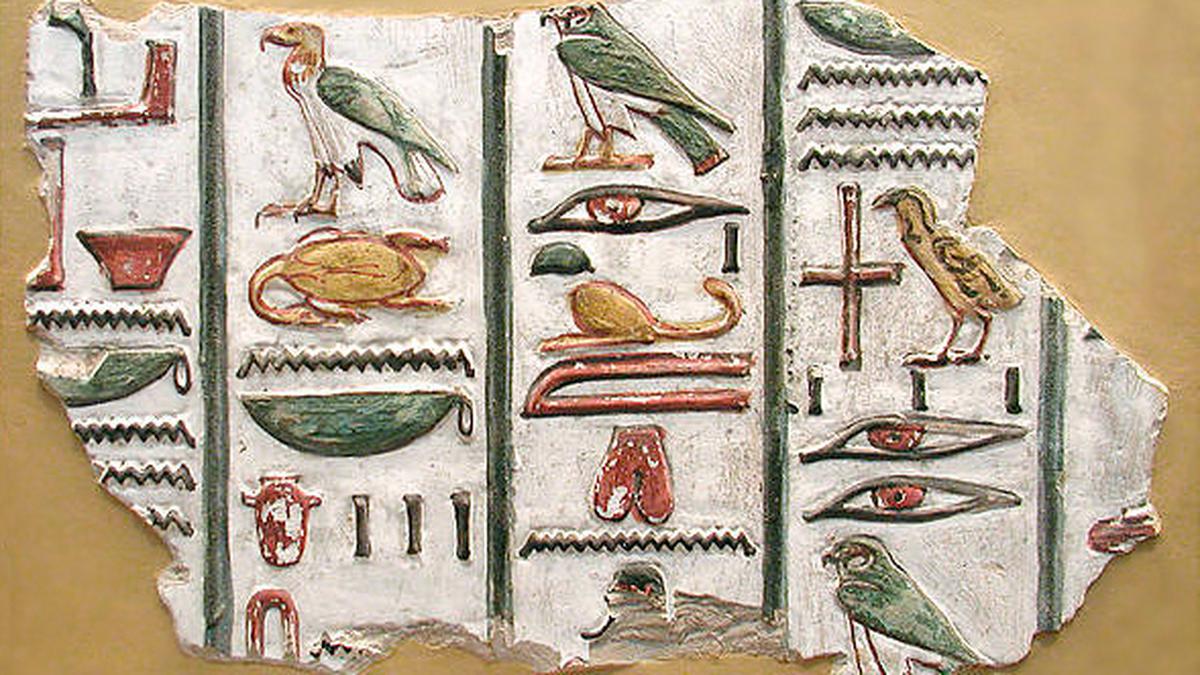ISRO successfully launched the Gaganyaan’s Flight Test Vehicle Abort Mission-1 (TV-D1) from Satish Dhawan Space Centre in Sriharikota.
| Photo Credit: ANI
After the successful Test Vehicle-D1 (TV-D1) mission on October 21, the Indian Space Research Organisation (ISRO) has lined up more test missions in the months ahead for the Gaganyaan programme.
Upcoming tests include the TV-D2 mission, the G-X unmanned orbital demonstration flight, an Integrated Air-Drop Test (IADT) and a Pad Abort Test, S. Unnikrishnan Nair, Director, Vikram Sarabhai Space Centre (VSSC), told The Hindu.
A crew module with service module will be used in the G-X mission. This unmanned mission, to be launched aboard a human-rated LVM3, will have ‘Vyommitra’ – the ‘female’ robot astronaut designed and developed by the ISRO Inertial Systems Unit (IISU) – on board. In this mission, ISRO will put to test control systems, a “reduced version” of the life support system for the crew, thermal protection systems and the parachute systems.
Editorial | The ascent begins: On the progress of India’s human spaceflight mission
Meanwhile, the Test Vehicle (TV) development programme will continue parallelly. TV-D2 will be the second of four tests planned for demonstrating in-flight abort capability under different initial conditions with respect to the launch vehicle. Unlike TV-D1, TV-D2 will also have onboard a control system for re-orienting the attitude of the crew module once it separates.
The test vehicle will be the same, expendable version based on the L40 strap-on of the multi-purpose vehicle Geosynchronous Satellite Launch Vehicle (GSLV) used in TV-D1 mission. TV-D1 demonstrated the in-flight abort of the Crew Escape System (CES) at 1.2 Mach speed, which was followed by the separation of the crew module and its recovery from the sea.
At the same time, ISRO is also examining whether the TV-D1 crew module, recovered from the sea after a parachute-assisted splash-down, can be reused for future tests. The space agency is looking into this possibility, Dr. Unnikrishnan Nair said. The lead unit of ISRO for launch vehicles, VSSC was responsible for the structural design and manufacture of the unpressurised crew module used for the test.
As the module had come into contact with salt water, only a detailed inspection can tell whether it can be reused and in what capacity. ‘‘We are working out a plan to reuse it. We need to open and clean it and see what can be done. Efforts will be taken to divert it for the appropriate test programme under Gaganyaan,” he said.











